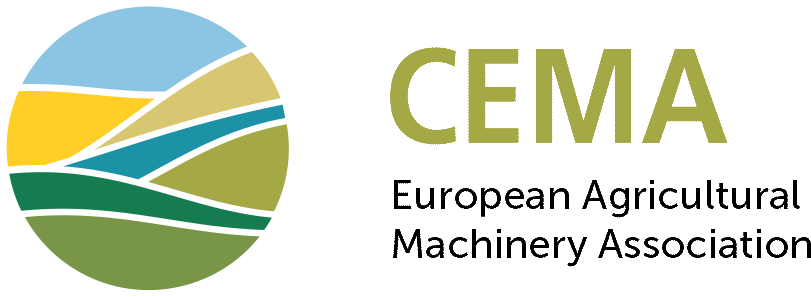European Commission launches public Consultation on road circulation requirements for mobile machinery
After an initial discussion with all stakeholders in dedicated workshops on technical content and policy options, EC has now launched a public consultation
***
When it comes to road circulation requirements for mobile machinery, the Commission has shifted one gear up. Last month the Industrial Task Force on Non Road Mobile Machinery (ITF NRMM, composed by CEMA, CECE, EGMF, EUnited, EUROPGEN and FEM) submitted the technical content of all mobile machinery, meaning both self propelled machinery and towed equipment. And in the previous years several workshops were organised by the Commission to feel the temperature in terms of requirements and approval procedures.
Now the general public can give their views in a public consultation (available here: https://ec.europa.eu/info/law/better-regulation/have-your-say/initiatives/1198-Road-circulation-requirements-for-mobile-machinery/public-consultation) open from 10 November till 2 February. In this consultation 2 main policy options are put forward: EU approval of the entire machine (old approach), and self certification with CE marking according to the New Legislative Framework. As Member States are keen to be involved in checking certain critical requirements for EU type approval, two sub-options were further defined: either full EU type approval with all requirements described in EU legislation and all requirements checked by the Testing Stations, or a hybrid approval with only some critical requirements like braking and steering, described in the legislation and checked by a Testing Station. The other requirements are described in detail in harmonised standards with only the basic requirements described in the legislation.
As industry producing specialised mobile machinery in small quantities, CEMA believes it is key to keep the administrative procedures lean and low in cost. But being realistic and understanding the need of governments to supervise, we are in favour of such hybrid approach under EU type approval. A remaining point for discussion is whether the detailed requirements should be in harmonised standards, or whether the necessary standards should be referenced in the legislation, which makes them more legally binding.
Of course there is one other option possible and that is doing nothing… but let’s not go there!
---
Another ongoing public consultation has been opened by the European Commission on the topic of Electromagnetic Compatibility to assess the applicability of Directive 2014/30/EC. The evaluation intends to collect evidence and information to identify possible difficulties during the implementation that may require regulatory or/and non-regulatory corrective measures and the adequacy of the Directive’s provisions in light of scientific and technological progress. The questionnaire can be found here: https://ec.europa.eu/info/law/better-regulation/have-your-say/initiatives/11868-Electromagnetic-compatibility-evaluation-of-the-EU-rules/public-consultation
The closure date of the enquiry is 29 January 2021.







